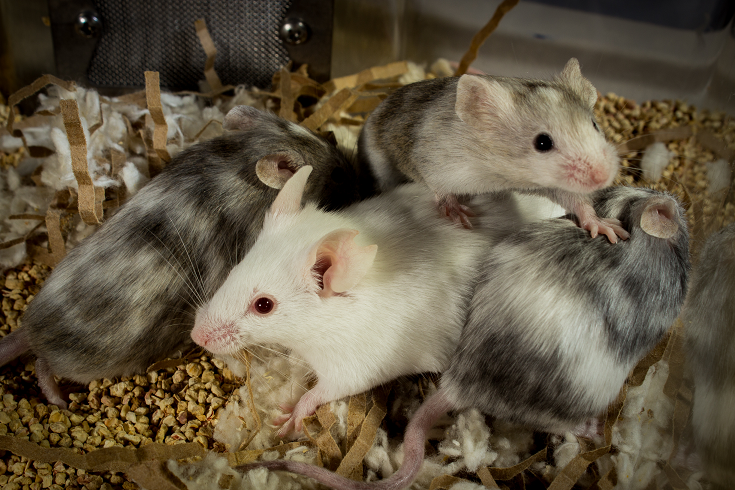
The number of genetically modified mice strains has expanded greatly in recent years, resulting in increased pressure to preserve and make these mice available for research. In March 1998, the National Institutes of Health (NIH) held a meeting on Priority Setting for Mouse Genomics and Genetics Resources as part of the Trans-NIH Mouse Initiatives.
In response to this need and the meeting recommendations, NIH’s National Center for Research Resources (NCRR), NIH, DHHS established the Mutant Mouse Regional Resource Centers (MMRRC) program to serve the scientific community. The MMRRC program was started in 1999 with funding through cooperative research agreements (U42) that involve development of animal model resources.
The MMRRC program is related to the Comparative Mouse Genomics Center Consortium. This relationship links it to the NIH priority area of environmental health and supports the NIH goal to achieve health promotion and disease prevention as outlined under the “Healthy People 2000” campaign.
The purpose of the program is to ensure the continued availability of scientifically valuable, genetically engineered mice and to distribute these mice to qualified researchers studying human and animal biology and disease. A national network of regional breeding and distribution centers serves as NIH’s premier repository of spontaneous and induced mutant mouse lines.
The MMRRC facilities cryopreserve and distribute mouse strains with potential value in the research of human disease and biology. These strains will be available for distribution as live mice to qualified researchers. Mice are supplied either from a production colony or from a colony recovered from cryopreservation. At their option, an MMRRC facility may also offer cryopreserved material from some strains for resuscitation at the recipient scientist’s institution.
